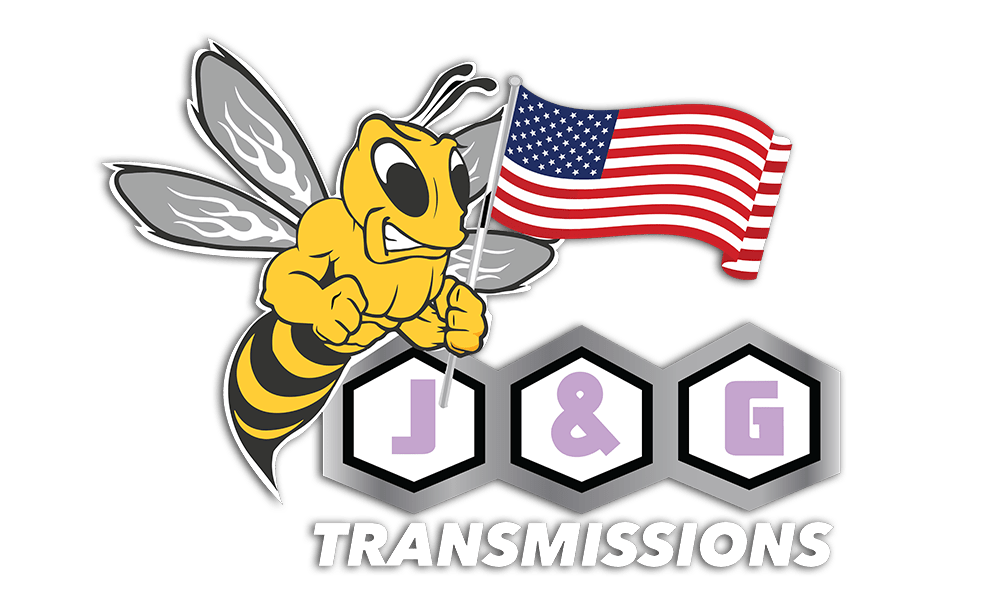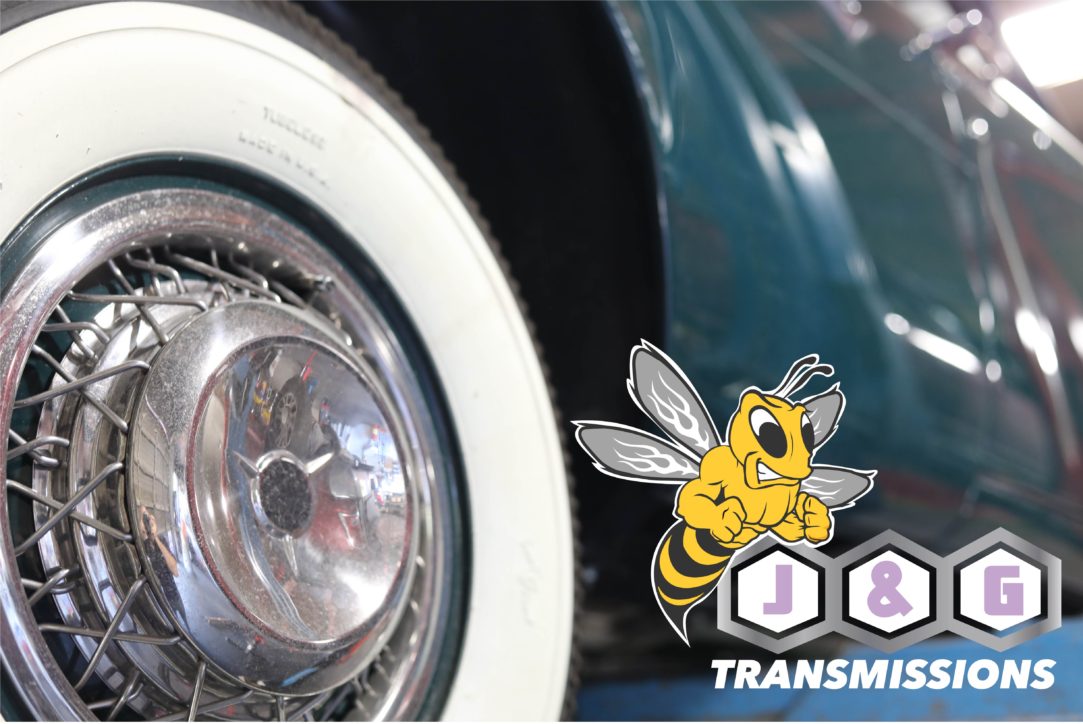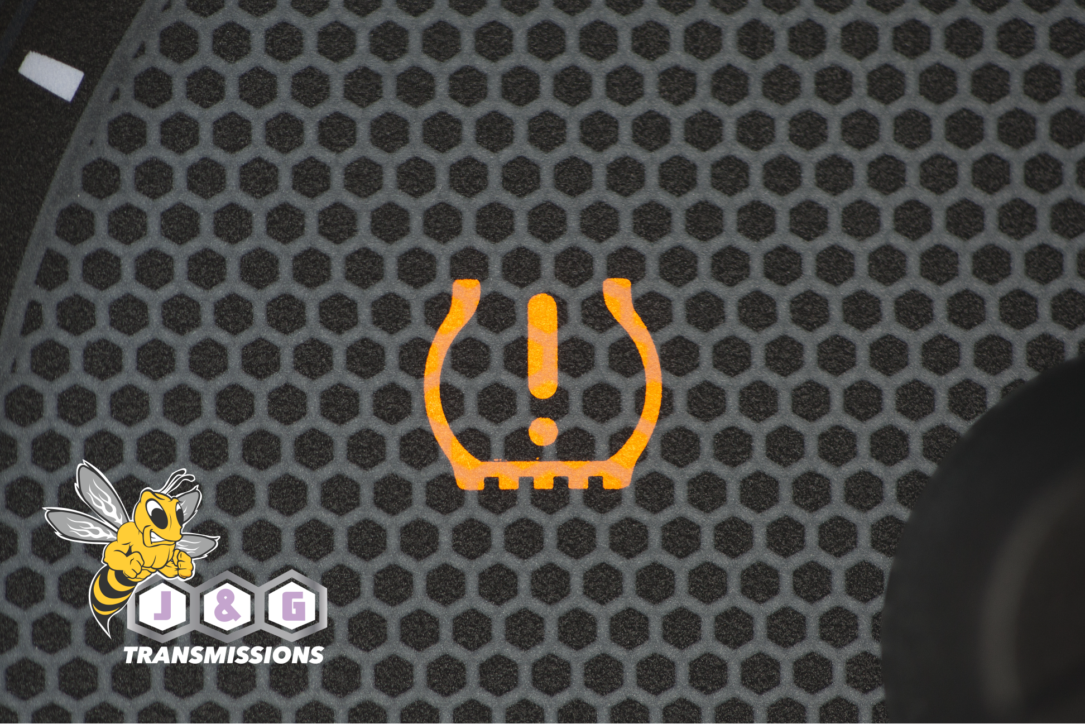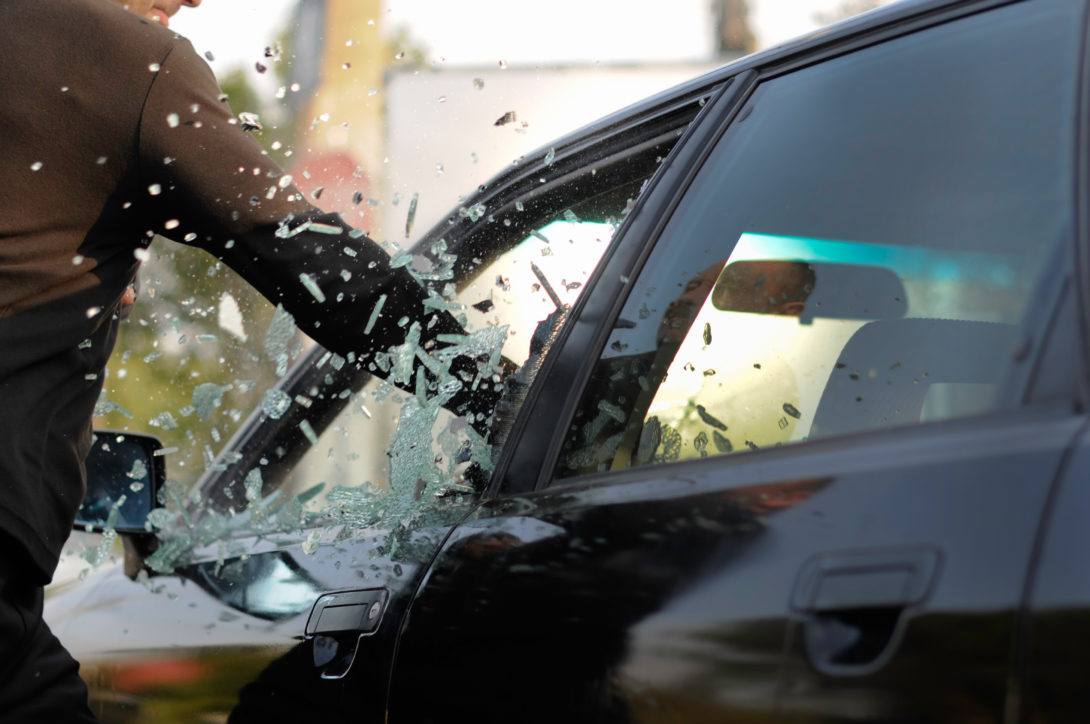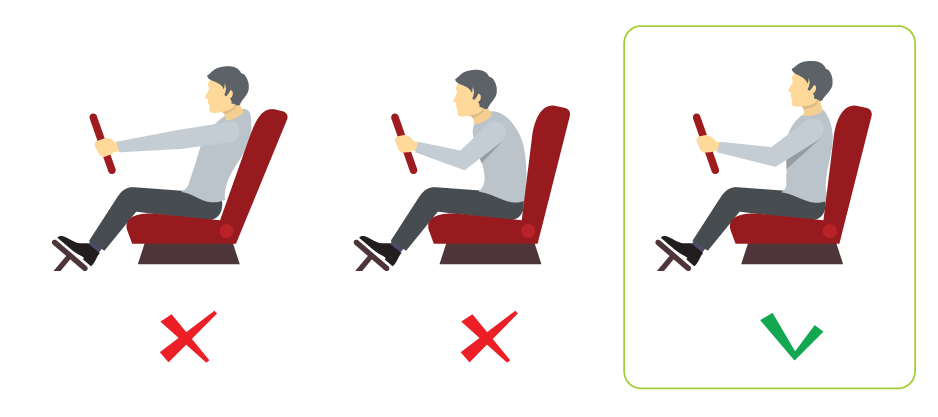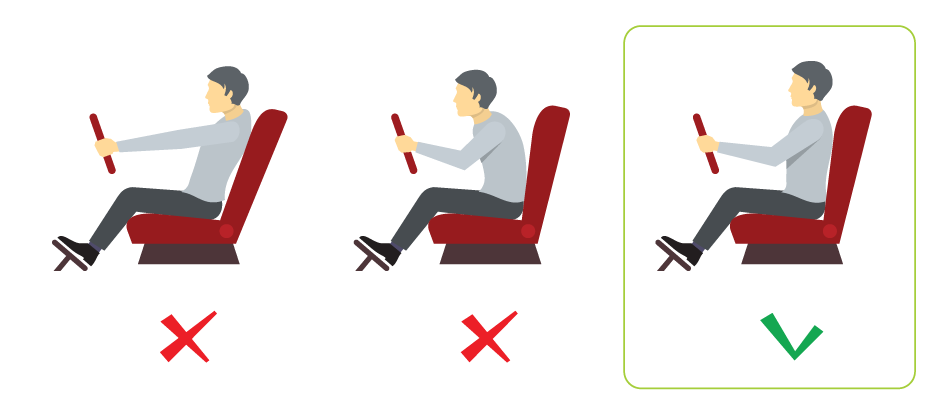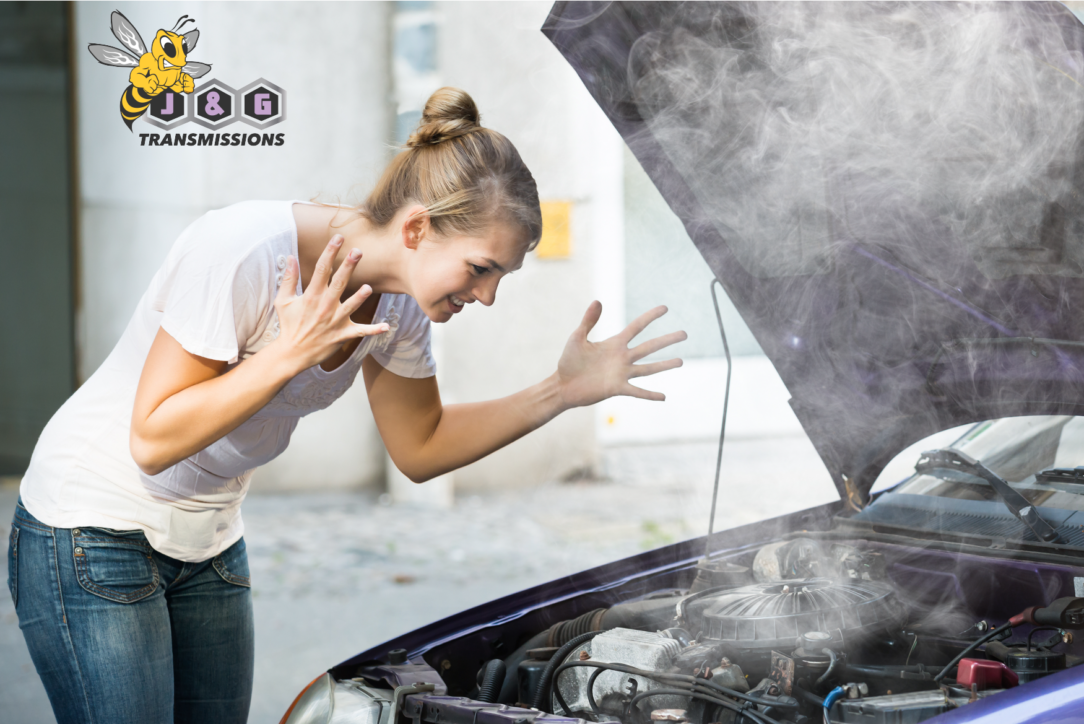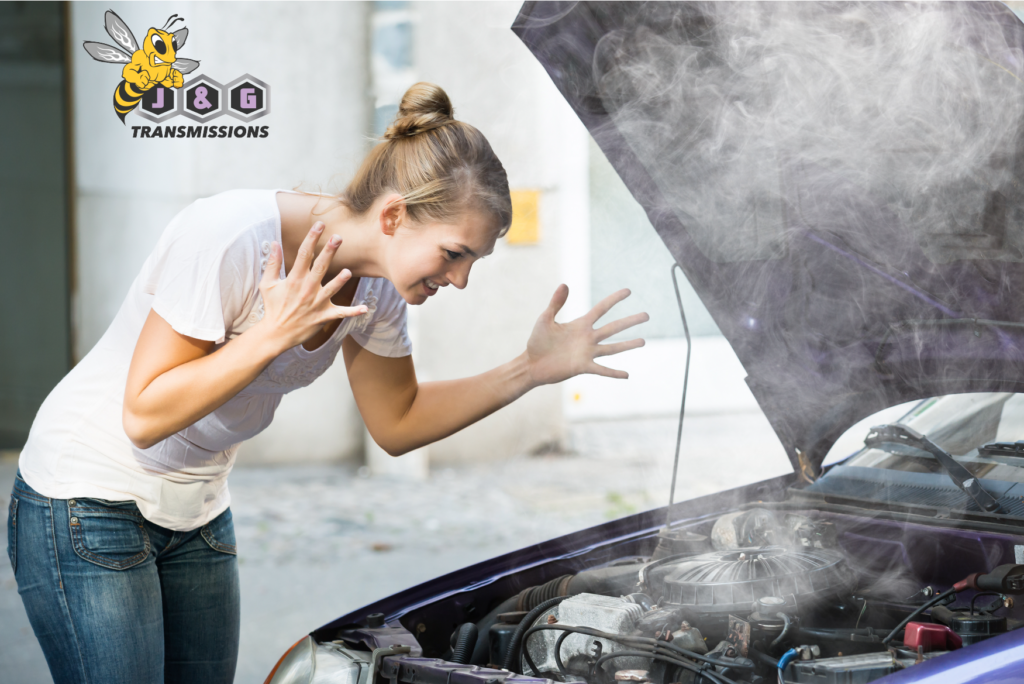Newer cars make driving a real pleasure and require less maintenance. After a while, though, you might start hearing an unusual noise – some of those sounds you should not ignore.
Those sounds may include:
A tapping or banging under the hood that is rhythmic
This type of sound often appears when there is likely a problem with the valves, pistons, or connecting rods. Get it to a mechanic quickly or serious damage may result.
A screeching sound under the hood when starting the engine or accelerating
The screeching sound likely comes from drive belts that power devices running off your engine, such as the air conditioner, power steering, and brakes. When they become worn or loose, you may hear the screeching. It is easy to fix and cheap.
Brakes that squeal when used
If you hear a squealing noise when you step on the brakes, it is probably because you need new brake shoes or pads. Have your breaks checked and replaced if necessary. Don’t ignore it, because they will work less efficiently and may even fail if you do.
A whining or howling
This sound could come from the ball bearings in your wheels. If the sound changes when you turn left or right, it is probably one of the front wheel bearings. If the grinding sound is steady, it is probably your back wheel bearings. It may also be your differential if you have a rear-wheel-drive vehicle.
A popping, clicking or snapping sound when you turn
If you only hear this noise when you are turning, but not when moving straight, it could be one or both of your CV joints. These are located on your front axle and may need to be replaced.
If you live in the Murray, UT area, J & G Transmissions can provide engine, wheel, and other car services to ensure your car is working properly and roadworthy. For more information, call us today at (801) 262-2321 or visit us at https://jandgtransmissions.com.
